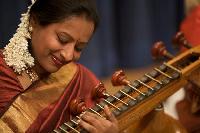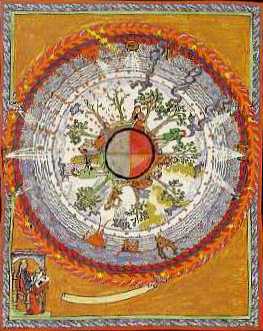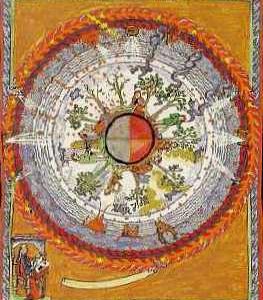At some churches, the Sunday service omits scripture and hardly mentions God. Yet God is most certainly there, in the hearts of those taking in a consistent message of love, feeling hardness give way to greater generosity, opening to a universal message: love as much as you can, as often as you can, with as many people as you can, for the rest of your life.
I’m reminded of a service I attended a few years ago at a Unitarian Universalist church. I’d known about UU from my formation as a spiritual director, through some of my classmates, and I was curious, but not enough to go to one of their services. What brought me to a UU service that day was music – specifically, a piece called Spiritus Sanctus, written by Ruth MacKenzie, that explores the intersection between Hindu and Christian mystics. A co-worker, who is in the choir, told me about the piece, saying the entire choir was transported by the music during the rehearsal. I wanted to be transported, too.
As it turns out, the entire service, not just the music, took me to a different place that felt oddly familiar. From the beginning, when the senior minister affirmed who the church was (people who are united in spirit and accepting of differences), I felt very much at home. The ministers used language I might have, had I been at the podium.
And the music? Spectacular. My only disappointment was that there wasn’t more of it. Two worlds merged – a Western voice represented by Hildegard of Bingen‘s text and Ruth MacKenzie’s music, and a Hindu voice represented by Nirmala Rajeskar, a world-renowned veena artist and vocalist.


In the program Spiritus Sanctus was described as exploring “the common experience of radical connectivity shared by mystics around the world.” The love and the longing in that piece transcended human constructs – geography, religion, language – and allowed each of us in the church to see through the eyes of mystics.
Through these eyes I’m thinking about church as more than a building, and more even than the community of people who frequent it. I have referred to the Episcopal church as “my” church, but from the perspective of radical connectivity, “my” church is wherever I go. Perhaps the reason I felt so much at home in a church I was visiting for the first time is that I brought my church with me. Wherever I am is my place of worship. I need nothing but love to feel connected with others, for all of my days here on earth.


